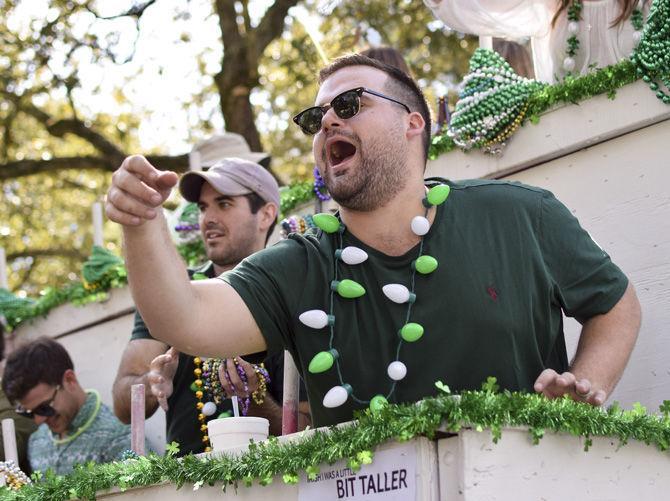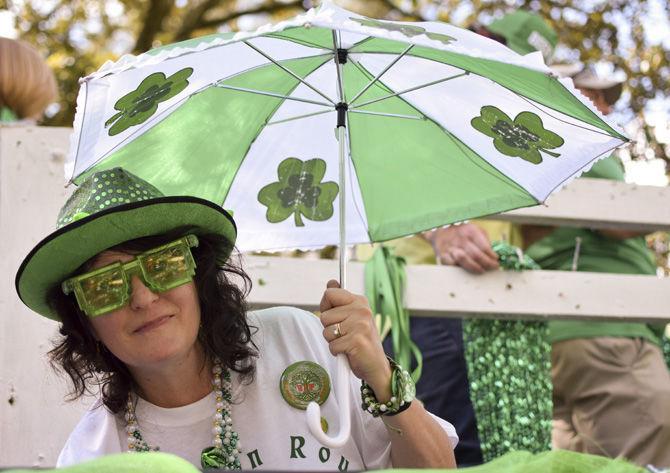On a cold Friday morning, School of Music graduate assistant Michael Trotta was giving vocal lessons to a retired religious philosophy professor in St. Alban’s Chapel.
Trotta is the chapel’s music director and the conductor of the University’s Men’s Chorus, also known as Tiger Glee Club.
The club bears a similar title to Fox’s hit musical-comedy series “Glee,” but it has been around decades longer.
“Glee clubs have been around for nearly a century and actually go as far back as singing societies in the 1700s,” Trotta said.
However, Trotta agreed that many University students may have false expectations about Tiger Glee Club because of the show.
Tiger Glee is the oldest choir on campus, according to the Tiger Glee Club website.
Founded in 1916, Tiger Glee Club “performs a wide variety of literature ranging from standard choral masterworks to spirituals and folksongs,” according to the website.
Tiger Glee Club “is a non-auditioned chorus comprised of men from various academic disciplines within the University,” according to the website.
Contrary to popular belief, glee clubs do not typically perform the highly polished and choreographed renditions of pop hits like the glee club performs on the show, Trotta said.
“The biggest parallel between ‘Glee’ and what I do is the concept that music is for everyone and that everyone can express themselves creatively through music,” Trotta said.
Both the show and Tiger Glee Club share the same morality, Trotta said.
“[Tiger Glee Club] uses art to teach larger core values,” Trotta said. “It teaches a sense of accomplishment, a sense of belonging, of working toward something that is bigger than yourself.”
But that’s where the many similarities between the show and the actual choir end, Trotta said.
Unlike the fictional McKinley High School Glee Club portrayed in the show, the Tiger Glee Club is composed entirely of men.
“It’s always been postulated that the Glee Club and the tradition of Glee Club singing was university men’s singing groups that got together for the purpose of making music and not necessarily in the formal way,” Trotta said.
On Tuesdays and Thursdays, about 30 University students gather to learn and recite musical pieces.
Second-year choral conducting graduate student Timothy Little first became a University “Gleek” in fall 2009 and said he’s excited to work with Tiger Glee Club again this semester.
“Although the show is focused more on a pop style, it’s still bringing in the idea that the performing arts and creativity is beneficial to the world, which has sort of lost a sense of the importance in having the performing,” Little said.
Little said he believes “Glee” shows musical education in a way that can’t be ignored.
Tiger Glee Club is more based in music than theatrical effect, Trotta said.
But the majority — “most, if not all” — of the singers in Tiger Glee Club are men who are not music majors, Trotta said.
According to Trotta, many students believe they need specialized training to sing — which Trotta said may be true for some kinds of music.
However, Trotta said he guarantees his students that he will give them all the tools needed to perform.
In addition to regular concerts each semester, Tiger Glee Club is also frequently asked to perform for civic organizations and athletic events like the LSU men’s basketball and baseball teams.
Tiger Glee Club has performed at several senior living facilities, such as the Williamsburg Nursing Home for Veterans, where the they performed songs like “The Testament of Freedom” and “The Star-Spangled Banner.”
“One of the reasons ‘Glee’ is so meaningful to people is that they know the music that people are singing,” Trotta said. “The reason for the name of the show is because of glee club singing in America.”
—-
Contact Julian Tate at [email protected]
Tiger Glee Club offers ‘Gleeks’ outlet for musical expression
January 20, 2011





